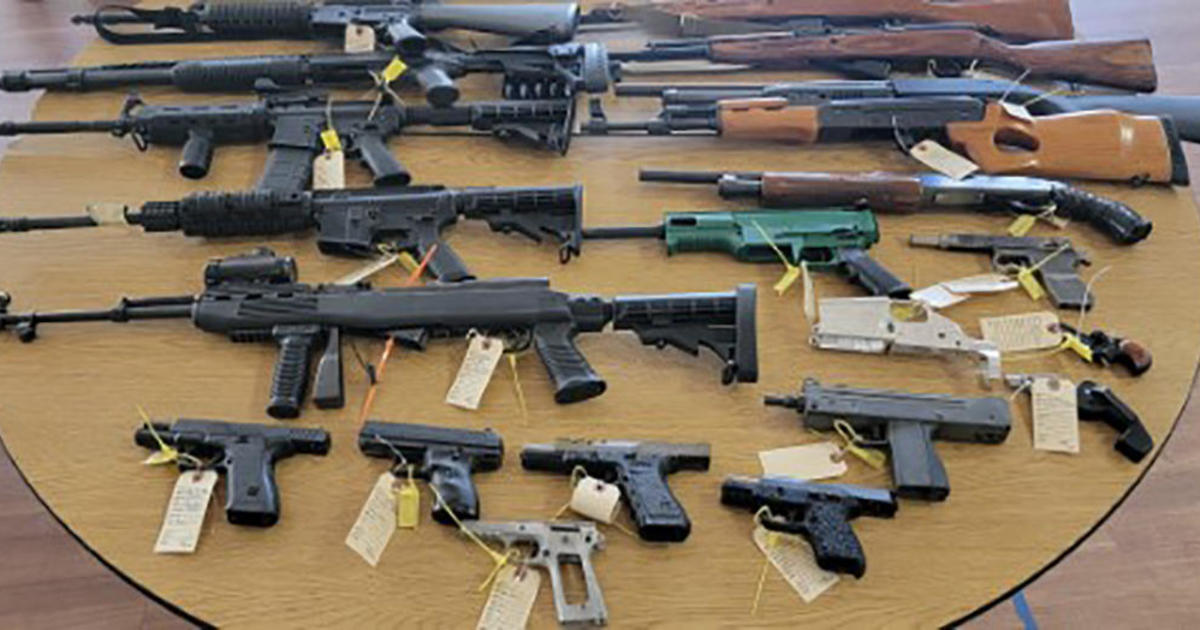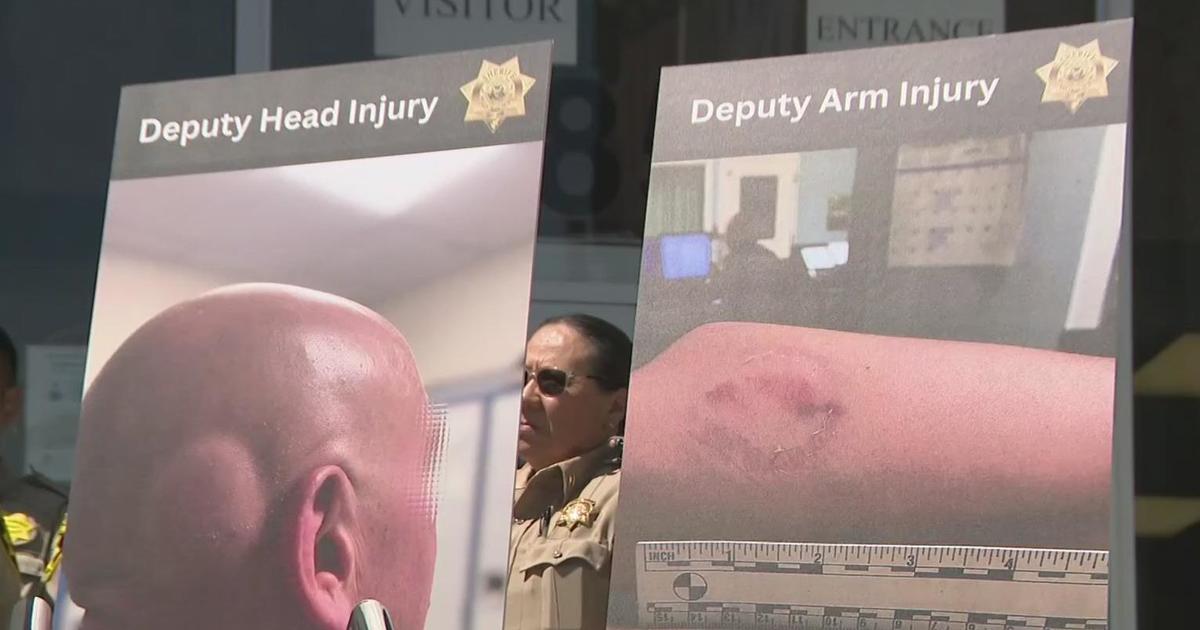Could VTA Shooting Have Been Prevented? Gun Violence Restraining Orders Increase in California
SAN FRANCISCO (KPIX 5) -- As the shock wears off and the long road of healing begins for victims of the Bay Area's deadliest mass shooting, questions arise. Were there any signs that VTA technician Samuel Cassidy was planning the attack? Could it have been prevented?
So far, investigators aren't commenting. But experts say many California workers don't know there's a law on the books that can help protect them, if they feel threatened.
Assemblymember Phil Ting (D-San Francisco) introduced a bill that became one of the nation's first gun violence restraining laws in 2016 following a mass shooting and stabbing in Isla Vista near Santa Barbara that left six people dead.
"It's not a panacea by any means, but it's a sensible tool to really prevent some of these mass incidents from happening," said Ting.
The law allowed law enforcement and family members to temporarily take guns away from dangerous people. Then came the deadly workplace shooting at a UPS facility in San Francisco that left three co-workers and the gunman dead, followed by the Parkland school shooting that killed 17 in Florida. The massacres prompted Ting to push for an expansion of the law.
"I really wanted to have a situation where teachers and principals and employers and coworkers could really do something to defend themselves," Ting told KPIX 5.
Now co-workers and school employees can also file a gun violence restraining order (GVRO) directly in civil court, much like a domestic violence restraining order.
But data KPIX 5 obtained from the state Attorney General's office shows use of the law varies a lot from county to county. In the Bay Area, Marin County issued the fewest GVROs in 2020, only five. Santa Clara County issued the most, 123. Statewide, San Diego County had the most by far, with 483.
"Why do I think this is important? Well, first and foremost, I think it saves lives," said San Diego Deputy City Attorney Jeff Brooker, who leads the city's Gun Violence Response unit. "We've had situations where people have been in the planning phases of committing shootings with the guns and the tools and the means. We were able to intervene and take the guns, sometimes even on the eve of the actual event."
The process starts with a petition that has to be approved by a judge. Police can then proceed to temporarily remove firearms and ammunition. Within 21 days, there's a court hearing where the judge can either rule to return the guns or extend the restraining order for up to five years.
"It's not the city attorney who decides who gets their guns and who doesn't, it's not the police who decide, it's a judge," said Brooker. He is now training departments across the state, including San Rafael police.
"They are definitely another tool in our toolbox," said San Rafael Police Lt. Dan Fink, although he admits it's been a slow rollout. "We had to kind of muddle through it. The judges were trying to figure it out. The DAs were trying to figure it out, the city attorneys were trying to figure it out."
But this year he says the process has become smooth. "People are thankful. I mean, put yourself in their shoes," said Fink. "You have a family member who's going through a crisis and the police can come in and not only help them with their crisis and get them to the help they need but we can also remove the gun component, which is dangerous."
But not everyone is thankful. "I think it probably opens the door to some mischief," said Don Kilmer, a constitutional law Professor at Lincoln University. "A fundamental right is suspended for a period of time so there are serious due process problems with these."
We asked Kilmer if he understands some people's concern that they don't want a violent act to have to happen before somebody steps in and can prevent it.
"Well that may be above the paygrade of a constitutional law professor, because now you're getting into philosophy and how do we predict human behavior," said Kilmer. "But if somebody has led a peaceful, law-abiding life and they have a bad day and say the wrong thing to a coworker, I don't think that's grounds for depriving them of a fundamental right."
Fink says his officers take constitutional rights very seriously.
"Taking their guns, a constitutional right, Second Amendment, it's a big deal. So we don't just say, 'Oh, we think we have enough, we're going to go ahead and do it.' We investigate these very thoroughly," said Fink. "At the end of the day, it's all about public safety, and that's what this law is for. It's a red flag law for if you see something, say something and that's the most important part for this."
California issued more than 1,200 gun violence restraining orders last year, slightly more than the year before but considerably more than the 85 that were issued in 2016, the first year the law went into effect. As to how effective the law will be, awareness and enforcement will be the key.
2020 GVRO Data by Bay Area county from California Attorney General's Office
Alameda 37
Contra Costa 12
Marin 5
Napa 6
San Diego 483
San Francisco 15
San Mateo 15
Santa Clara 123
Santa Cruz 79
Solano 18
Sonoma 23
For more information on how to file a gun violence restraining order go to www.speakforsafety.org



